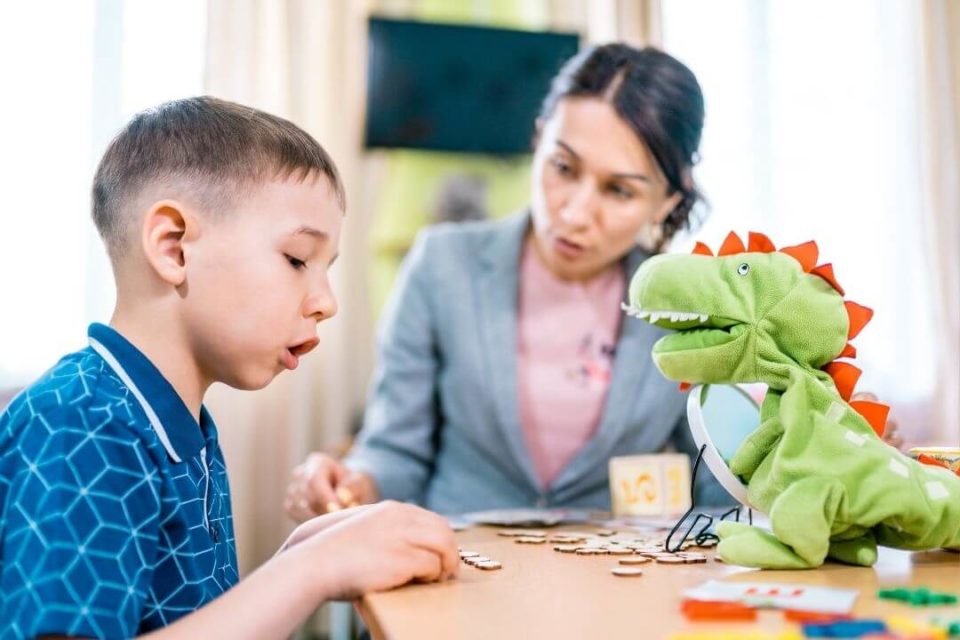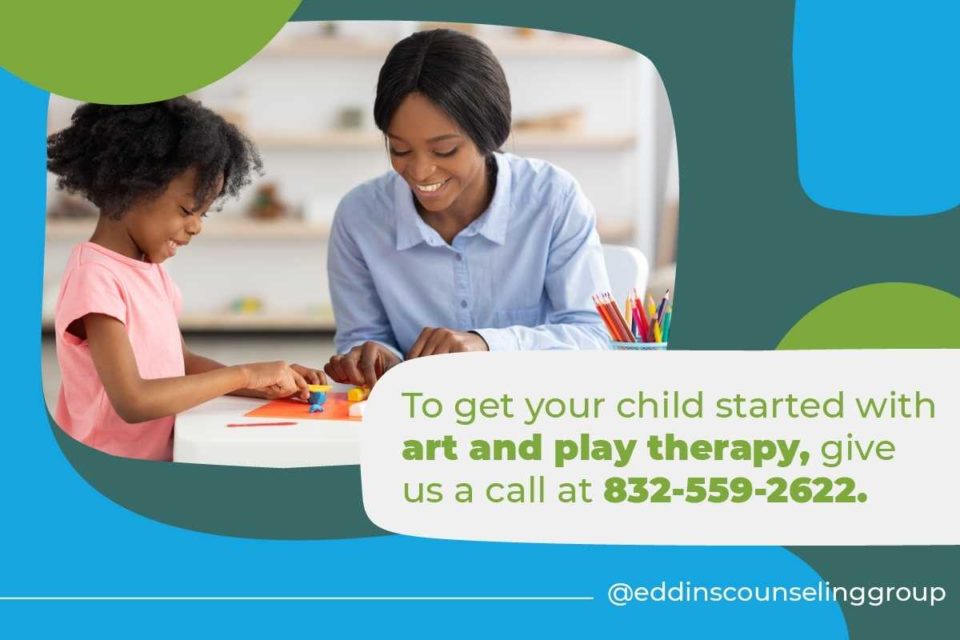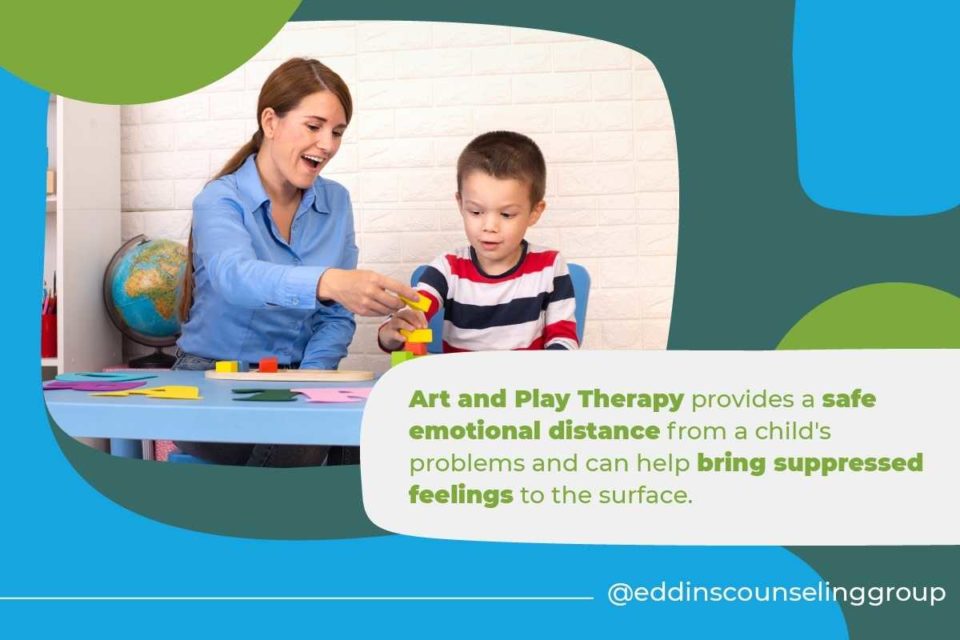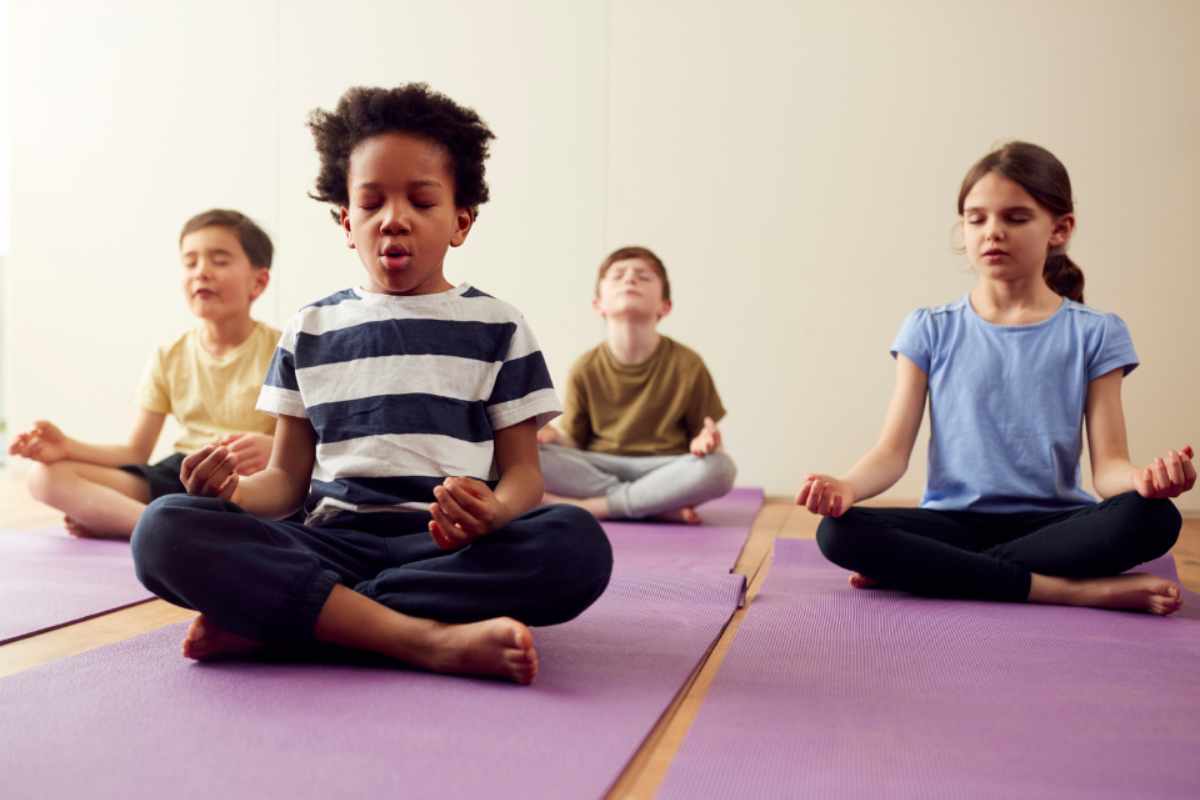November 21, 2016
Therapy for My Child: What are Art and Play Therapy?
Written by Rachel Eddins
Posted in Child Counseling and with tags: art therapy, play therapy, types of therapy

Perhaps you have been to children’s museums – in cities like Washington DC, Indianapolis, or Houston – and marveled at the astounding amount of available activities. A seemingly unending variety of play activities and creative toys for children of all ages.
Play is fun, enjoyable, and raises our spirit, of course. But it does much more. It relieves stress and boredom and connects us to people in positive ways. Plus, it regulates emotions, inspires creative thinking and exploration, and boost our ego.
Play is therapeutic.
That is why this type of setting can also be used in child therapy – it’s called Art and Play Therapy.
What Is Art and Play Therapy?
Children – especially small ones – don’t always have the ability to express what is troubling them. Perhaps they lack the verbal skills to describe their feelings or don’t know exactly what they feel. Or they simply feel unsafe talking about their most deep-rooted emotions.
Whatever the case, art and play therapy can overcome those obstacles because it builds on the natural way children learn and express themselves – by playing and being creative. It provides a safe emotional distance from their problems and can help bring suppressed feelings to the surface. This allows the therapist and the parents to gain understanding into the child’s inner world.
What to Expect During a Session
During art and play therapy sessions, a therapist and child work together in a playroom. Every toy and art material in the room is specifically chosen to potentially symbolize different parts of the child’s inner experience.
There may be such things as:
- a small sandbox,
- puppets and dolls,
- stuffed toys,
- dress-up clothing,
- building toys,
- indoor games, and
- crayons and markers.
All these items encourage the child to explore feelings, issues, and relationships in a relaxed and imaginative setting.
Art and play therapy is most appropriate for children ages 3-12, and sessions normally last between 30-50 minutes.
A parent’s active involvement is crucial for achieving the most positive treatment effects. Also, the insight and understanding parents gain about their child’s unique inner makeup, their range of coping skills, and specific developmental level can help them individualize and maximize their support.
How Can Art and Play Therapy Help Your Child?
Children show by their behavior that they are struggling. In addition, when a child tries to solve their own problems but is unable to do so, they may start acting out or become anxious and withdrawn. By confronting their problems in art and play therapy, however, they can learn to cope with difficult emotions and find workable solutions. Hence, they can rehearse, master, and adapt these strategies for lifelong use.
This kind of approach can help your child to:
- Heal from past stressful and traumatic experiences – therapy helps make sense of the events; improves coping and adjusting to their current situation; develops new and creative solutions to their problems
- Experience and express feelings – therapy supports the development of an adaptive perspective to a particular situation; regulates the intensity of emotions; increases respect and acceptance of themselves
- Learn new social and relational skills – therapy develops empathy and respect for the feelings and thoughts of others through role playing
- Develop good decision-making skills (internal sense of self-control) – therapy encourages taking responsibility for their actions; observes consequences; develops successful strategies to make better decisions

Next Steps
Art and play therapy is effective for children with a wide variety of emotional, social, behavioral, and learning problems.
This includes issues related to such difficult and traumatic experiences as:
- divorce of parents,
- death of a beloved person,
- domestic violence,
- physical and sexual abuse,
- chronic illness, or
- natural disasters.
Furthermore, it helps with anger management, physical and learning disabilities, and a variety of mental health conditions – such as anxiety, depression, ADHD, or autism.
For more information about how child therapy can improve your child grow and learn, read our Child Counseling page. To integrate the entire family, read about our new Family Therapy sessions. To get started now give us a call to schedule an appointment at 832-559-2622 or schedule an appointment online.



















